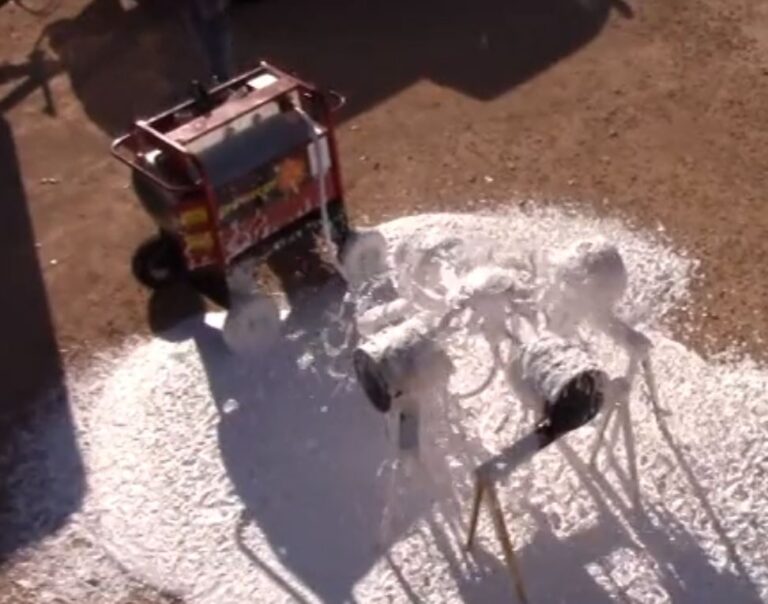The Xtreme Tank Technologies (XTT) tool from OilPro is a four-in-one application offering the following to tank owners and operators:
- Oil de-gassing
- Optimized vapour removal
- Oil Skimming
- Fire Suppression
Below we’ll take a closer look at what this means in both pictures and words.
First, let’s look at how traditional fire suppression tools have limited functionality.
With a traditional fire suppression tool, it draws vapours from the top, rendering only the lightest ends of the gas spectrum. Heavier gases are left intact as the first image below illustrates.
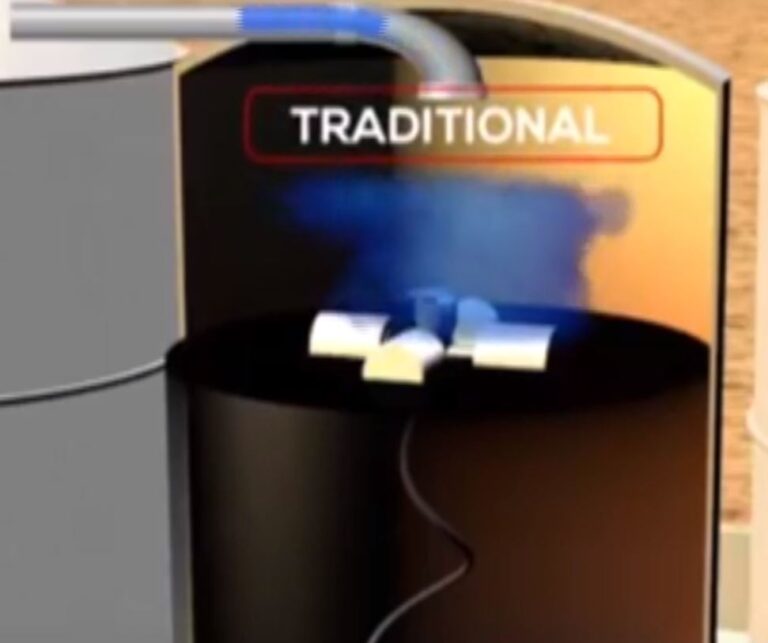
As we’ll see below, the XTT offers four main benefits including addressing this very issue that traditional fire suppression tools don’t.
XTT Benefits #1 and #2: Optimized oil de-gassing and integrated vapour removal
The XTT removes emissions and enhances producers’ bottom line by offering the following:
– Reduced treater temperatures
– Improved vapour recovery
– Solves Reid Vapour Pressure (RVP) issues
– Increases net volume of captured gas (up to 18%)
– Increases tank life by removing H2S and slowing corrosion
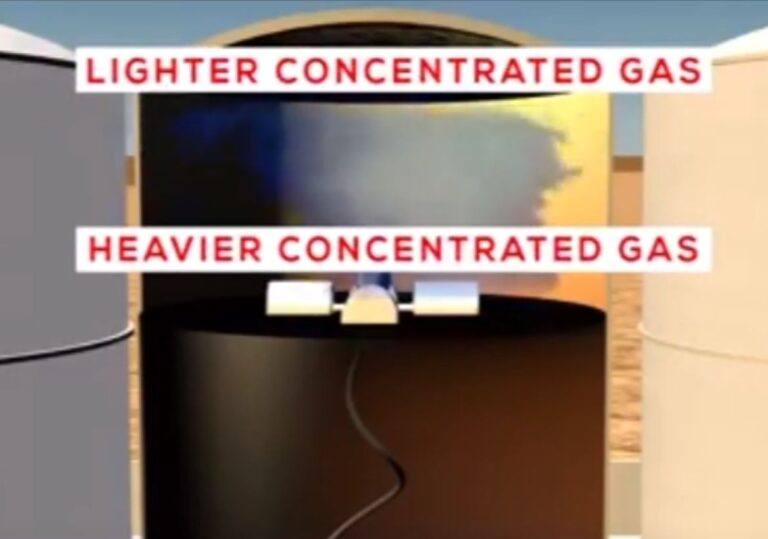
XTT Benefit #3: Oil Skimming
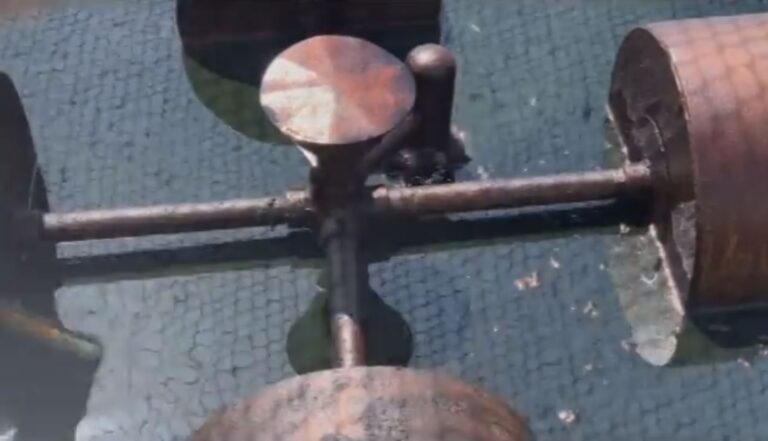
XTT Benefit #4: Fire Suppression and grounding for FRP tanks
The XTT detects and extinguishes in 15-20 seconds. This is faster than you can call the fire department, and without exposing personnel to danger.
If your water tanks are made of corrosion resistant Fiberglass Reinforced Plastic (FRP), you’ll also enjoy the benefits of now being able to fully ground your tanks using the all stainless steel XTT construction.
Tanks are at the end of a long line of vessels and pipe, and as a result more prone to static electricity buildup. Having a ground to prevent uncontrolled static discharges is an excellent safety feature previously not available on FRP tanks.
This increases safety and reduces damage and downtime caused by tank fires in an increasingly supply-chain constrained world where replacement tanks take 12-20 weeks to build with commensurate revenue losses that cannot be made up easily.
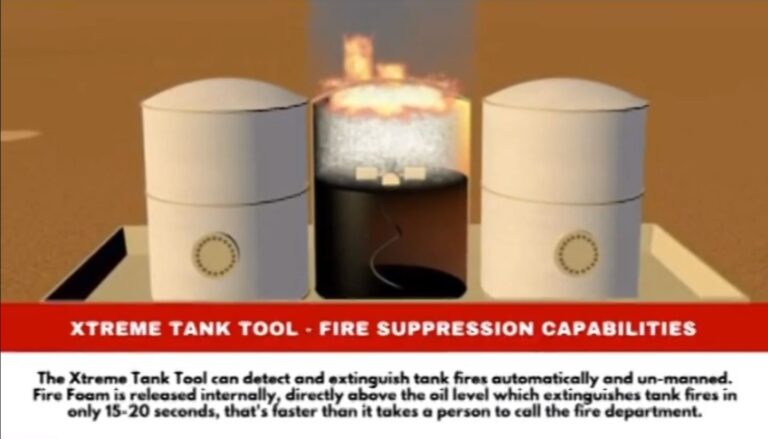
Tank fires ignite and spread quickly
A typical tank fire quickly lights up and covers the entire top of the tank’s contents. The flammable nature of the fires means it can spread to other parts of your plant quickly causing both commercial damage and a threat to your staff, too.
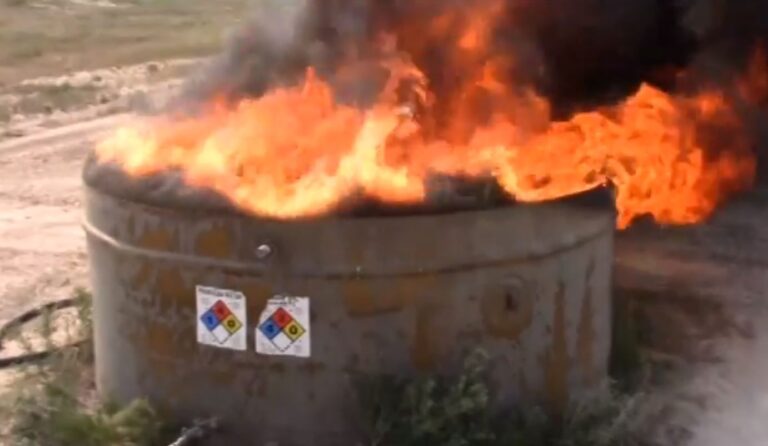
XTT’s fire foam quickly gets released
The key to extinguishing a tank fire is through the quick and targeted release of fire foam. XTT targets the so-called Flash Zone, covering the top of the tank to quickly stop fire in its tracks.
The XTT Tool works off the simple idea that it remains in the Flash Zone. It is a constant moving object that stays with your tank level. Once an oil tank fire needs to be extinguished, the foam enters the XTT a few inches above the liquid, releasing the fire foam and placing it in the correct spot.
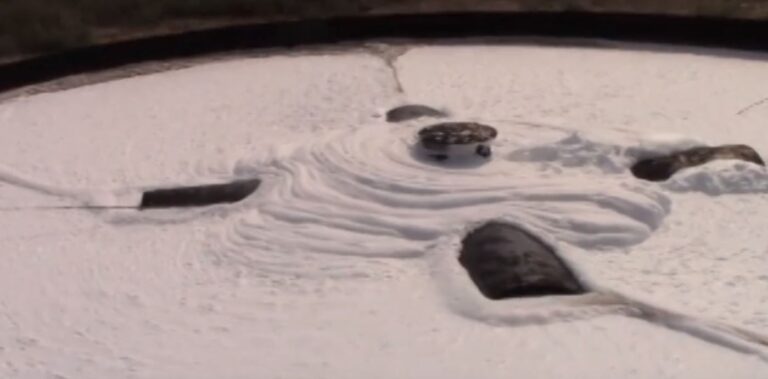
Fires are quickly contained automatically
The XTT detects the fire automatically and then releases the fire foam to quickly extinguish it, also automatically.
No staff intervention is required, minimizing the chance of human injury.
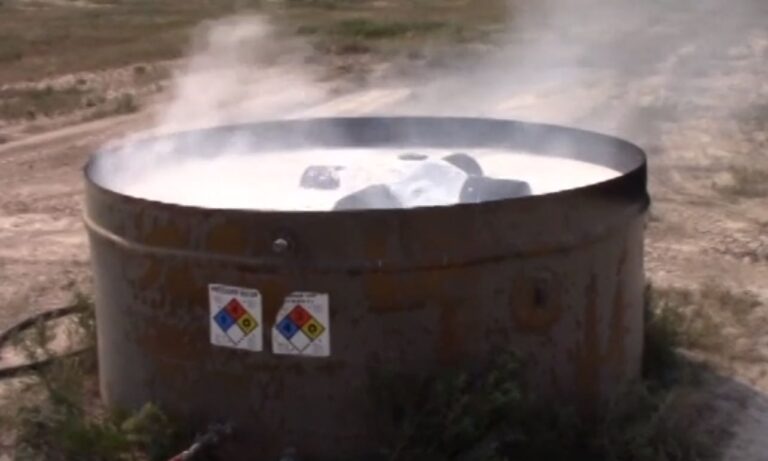
Fire foam discharge
We install an infrared camera to monitor your tank for evidence of a fire. If lightning, static, mechanical or terrorist act ignites a fire, the camera will detect it and immediately release the self-stored fire foam inside the tank.
Here’s a test shot to display how the fire foam is automatically released when a fire is detected inside a tank.
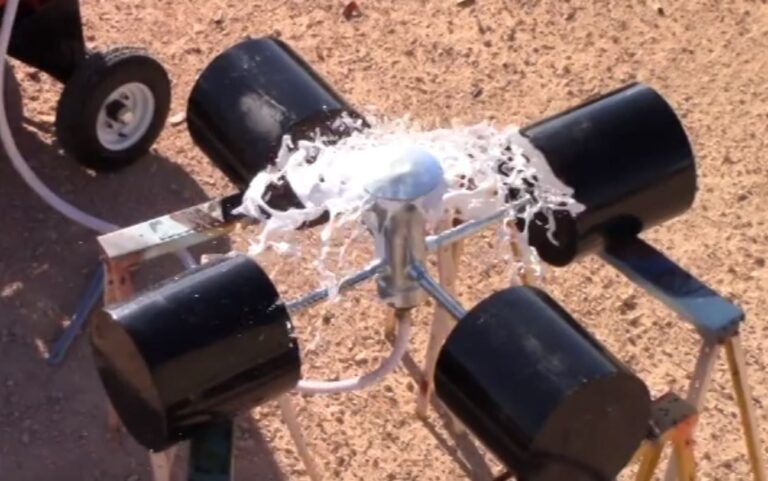
Fire foam is stored on side and is always available
The XTT can store enough fire foam to quickly cover the surface of the tank where the fire is, quickly smothering the fire and removing the threat.
